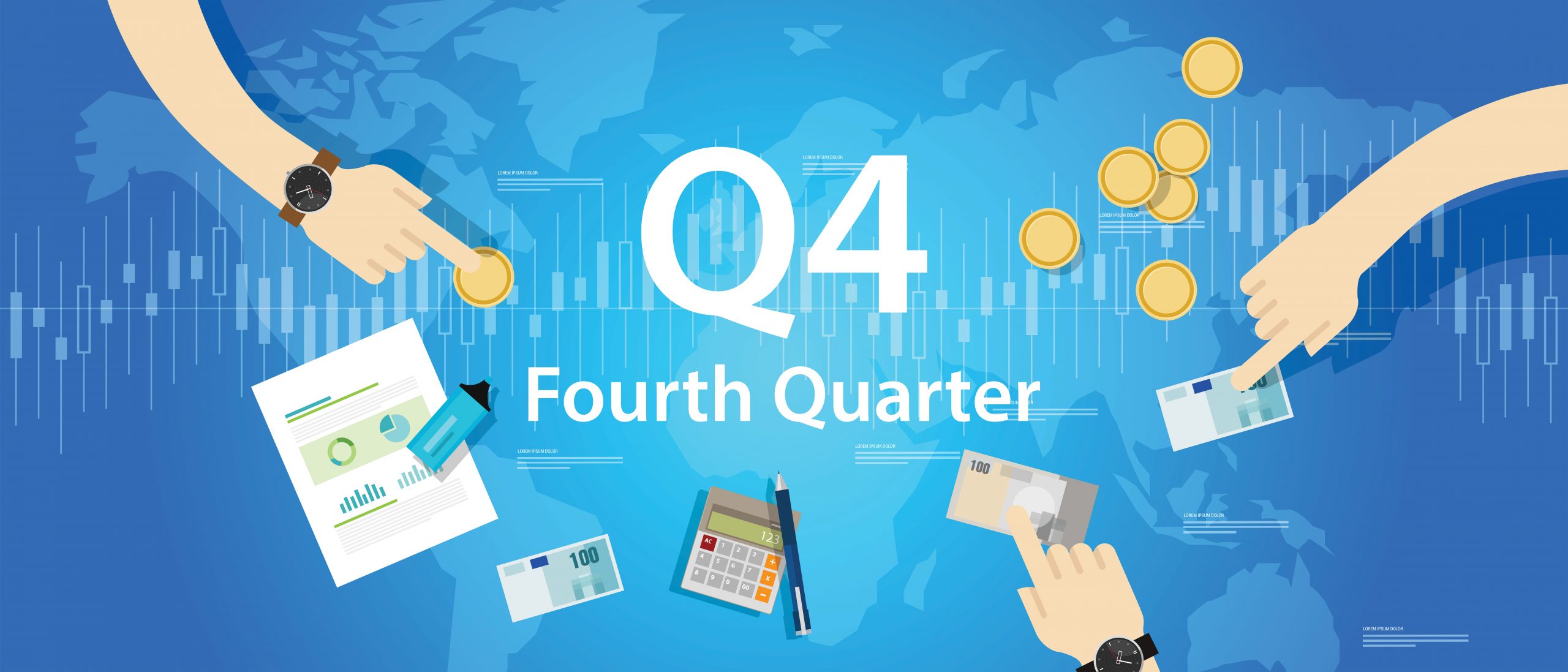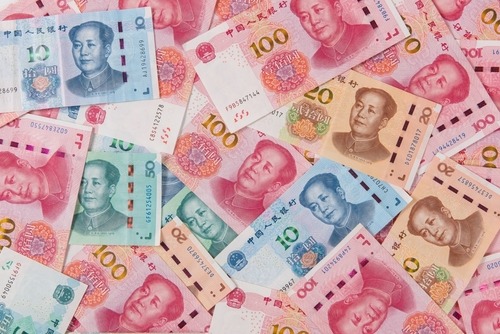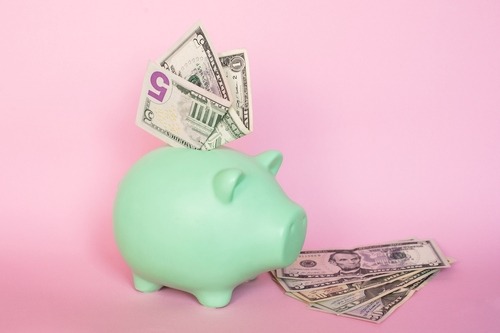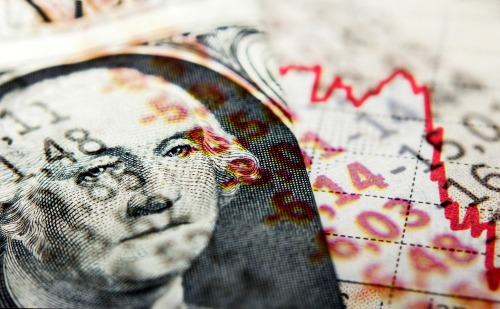Fed Chair Powell’s ‘60 Minutes’ Takeaways
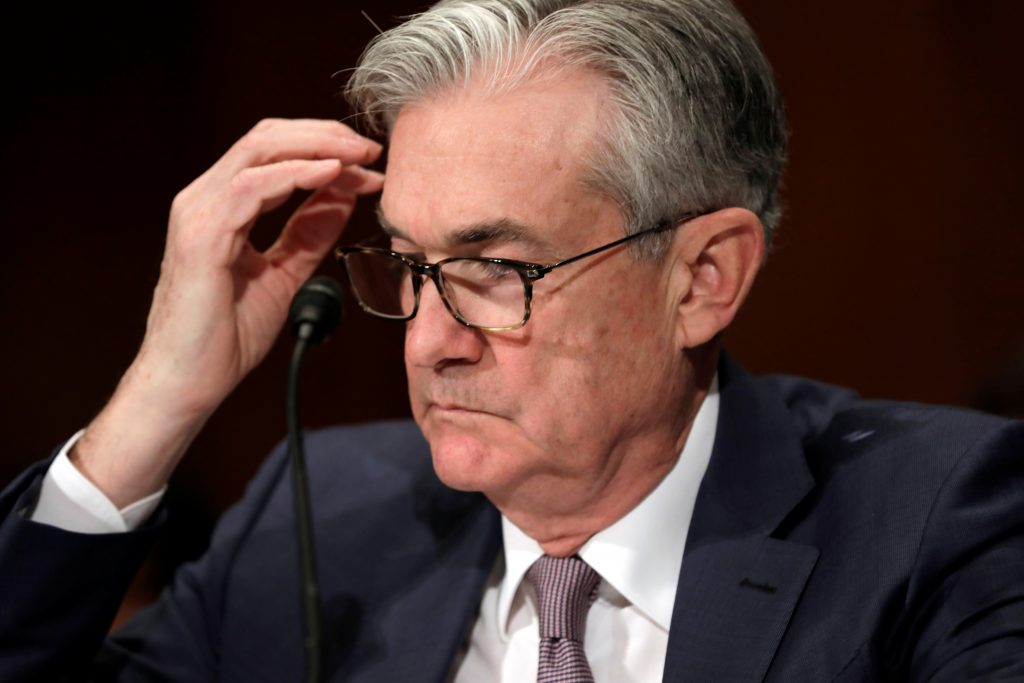
In the past few years, a 13% decline in an exchange-traded-fund (ETF) might have seemed like an outlier.
After all, U.S. equity markets hit all-time highs as recently as February of this year, suggesting very few ETFs were moving lower, much less by 13%.
That, of course, has all changed during the coronavirus crisis.
At one point last week (week of May 11), the SPDR S&P Bank ETF (KBE) was down 13%—not year-to-date, but over the course of just a few days. On the year, the KBE is down over 40%.
As of mid-May, every component of the KBE, which includes the likes of JPMorgan (JPM) and Citigroup (C), is down at least 20%. That means every component of the KBE is currently in bear territory.
Overall, the financials have been the second-worst performing S&P 500 market sector this year, trailing only the energy sector. Given that negative prices were observed in crude oil futures for the first time ever in 2020, one can understand why the energy sector might be winning the “race to the bottom,” at least for now.
However, the financial sector is starting to seize its own share of negative headlines, and one of those might soon be literal, too. That would be “negative” interest rates, which could make their first-ever appearance on U.S. soil in 2020 or 2021.
Readers may recall that Luckbox first suggested a couple months ago that a negative interest rate policy (NIRP) could be embraced by the Federal Reserve in response to the coronavirus pandemic.
At the start of 2020, the former Chairman of the Federal Reserve, Ben Bernanke, suggested that NIRP shouldn’t be ruled out in principle by the American central bank, even if it might not be expected to materialize in the near-term. Prescient words, perhaps.
At the moment there’s a growing body of evidence suggesting that negative interest rates in America may be closer than ever before.
On May 14, a strategist from Goldman Sachs suggested that another big setback in the U.S. economy (such as a second wave of the virus) could prompt the Federal Reserve to embrace a wide variety of unconventional measures to assist the economy, including negative rates.
Only a couple days before that, U.S. President Donald Trump tweeted that negative rates, as utilized by several other countries, should be considered for the world’s largest economy. In a tweet from May 12 the president wrote, “As long as other countries are receiving the benefits of Negative Rates, the USA should also accept the ‘GIFT’. Big numbers!”
The Chairman of the Federal Reserve, Jerome Powell, also chimed in on this subject during an appearance on CBS News ’60 Minutes’ on May 17. Interestingly, his comments contrasted starkly with those of President Trump.
Powell said of dropping interest rates below zero, “So around this table during the last crisis and during the recovery, we looked at negative interest rates. And it’s something we decided not to do. We used other tools instead. And those tools involved forward guidance about the federal funds rate and also lots of asset purchases or quantitative easing as it’s often referred to. I continue to think, and my colleagues on the Federal Open Market Committee continue to think that negative interest rates is probably not an appropriate or useful policy for us here in the United States.”
One can’t forget this isn’t the first time apparent disharmony has been observed between the president and his top central banker.
It was Trump who publicly pressed Chairman Powell to begin easing interest rates during the summer of 2019, even though prevailing data at that time didn’t necessarily call for such intervention. The back and forth between the president and the Fed chairman last year was perceived to be unusual because the Federal Reserve has traditionally operated “independently” of the executive branch.
Recent weakness in the financial sector may suggest that investors and traders are starting to believe another full-court press by the president might convince Powell to once again move out of his comfort zone.
The thing is, the handbook on negative interest rates reads as incomplete.
Several countries have experimented with negative rates in the past, but with mixed results at best. At worst, a good number of economists view negative and zero interest rates regimes as a sort of “trap” that can’t be easily escaped from.
One group perceived to be a big loser under a negative rates regime is the financial sector, particularly from an earnings standpoint. NIRP involves setting benchmark rates below zero, so instead of earning a rate of return on savings, depositors are charged a fee for parking their money in cash.
That means consumers and businesses wouldn’t be incentivized to park large cash balances in bank accounts, which can in turn limit the amount of capital financial institutions have on hand to make loans—one of the primary sources of income for such entities.
Likewise, banks make a profit on the spread between the rate they receive on loans and the rate they pay on deposits, known as the net interest margin (NIM). NIM tends to get compressed as benchmark rates move lower.
When talking to “60 Minutes” Powell confirmed the potential negative impact on the financial sector were rates to drop below zero, saying, “But in addition, it can also tend to depress the profitability of banks, which makes them likely to lend less, which weighs on economic growth.”
Despite Powell’s comments, the behavior of the KBE in recent weeks appears to suggest that investors and traders are starting to position for the increasing possibility of negative rates on American soil. Other news released this past weekend appears to emphasize the heightened risks currently sweeping through the financial sector.
On May 15, regulatory filings revealed that Warren Buffett’s Berkshire Hathaway (BRKA) reduced its stake in Goldman Sachs (GS) by 84% in the first quarter of 2020. The famed “Oracle of Omaha” also reduced his company’s stake in JPMorgan (JPM) and exited completely Berkshire’s investment in Travelers (TRV).
Buffett has previously called the topic of negative interest rates “the most important question in the world,” a question that was likely weighing heavily on his mind when he significantly reduced Berkshire’s exposure to the financial sector in the first few months of 2020.
It should be noted that the end goal of a negative interest rate policy (NIRP) is much the same as a zero interest rate policy (ZIRP), only slightly more extreme. Ultimately, these policies are adopted to disincentive the hoarding of cash and instead incentivize lending, spending and investment to catalyze much-needed economic expansion.
It’s possible that recent weakness in the financial sector is due to other factors, such as the weak underlying economy and possible complications related to bad loans, but either way, this is a critical narrative that all market participants should be following going forward.
For more information on the current interest rate environment and its impact on the broader financial markets, readers may want to review a new podcast featuring Tom Sosnoff (founder of tastytrade) and Dylan Ratigan (longtime journalist, political commentator and Chief Skeptic at tastytrade).
Sage Anderson is a pseudonym. The contributor has an extensive background in trading equity derivatives and managing volatility-based portfolios as a former prop trading firm employee. The contributor is not an employee of luckbox, tastytrade or any affiliated companies. Readers can direct questions about any of the topics covered in this blog post, or any other trading-related subject, to support@luckboxmagazine.com.









